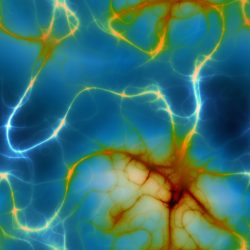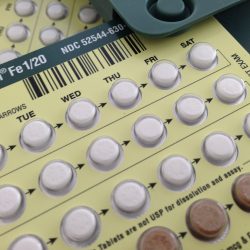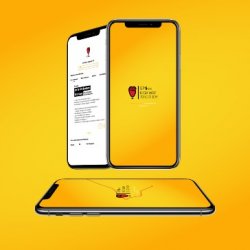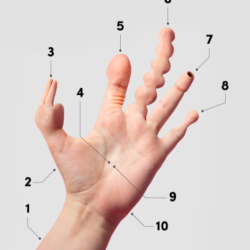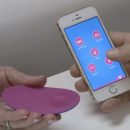An Embryo without Sperm or Eggs? This Breakthrough Could Change Human Reproduction
Stem cells may open up the “black box” of pregnancy.
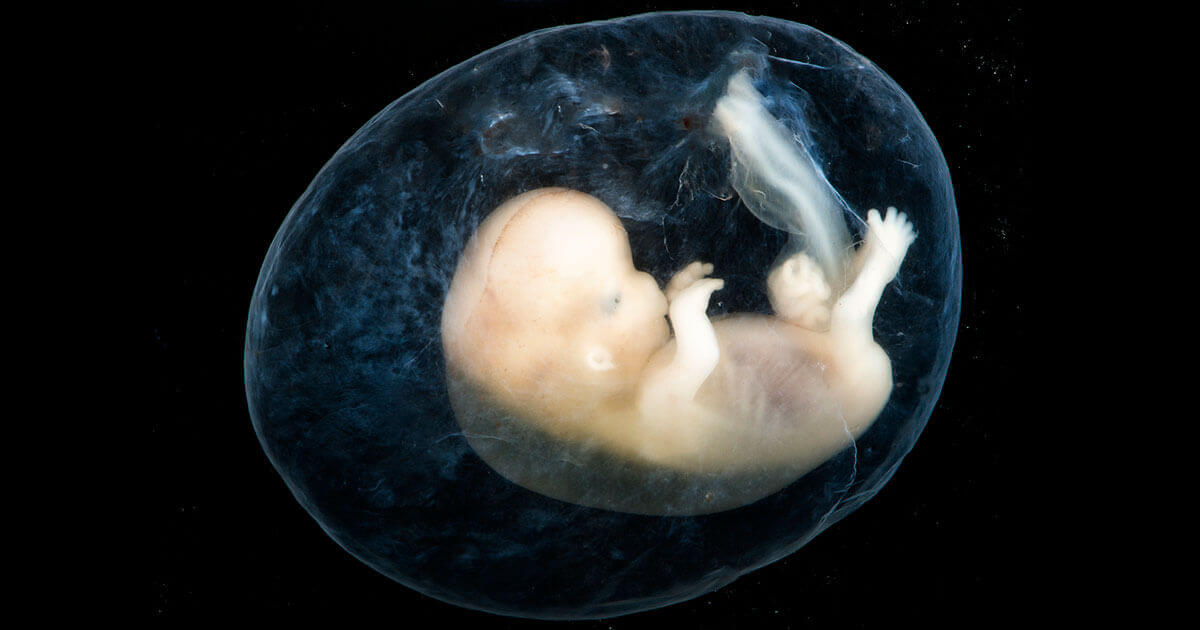
A Dutch research team, led by Dr. Nicolas Rivron of the MERLN Institute at Maastricht University, has successfully created what they describe as an embryo-like structure using stem cells—without the use of sperm or eggs.
Potential to form the whole organism
Speaking to Industry Tap, Dr. Rivron said: “This is the first time we have created structures in the lab from stem cells which have the potential to form the whole organism—the baby, placenta, and yolk sac.”
Stems cells are undifferentiated, meaning that they can become other types of cells. For Dr. Rivron’s experiment, his team merged two types of stem cells from donor mice and then implanted them into a female, which then formed the embryo-like structure.
“This breakthrough has opened up the black box of early pregnancy,” Rivron added.
A tool to prevent miscarriages
Dr. Rivron is clear that there are no current plans to use this technique on human or animal subjects but, instead, as a tool to understand and maybe even prevent miscarriages.
“We can now generate extremely large numbers of these embryos and study them in detail. It could help us understand why some embryos fail to implant and let us screen for drugs that might help with fertility,” Dr. Rivron told the BBC.
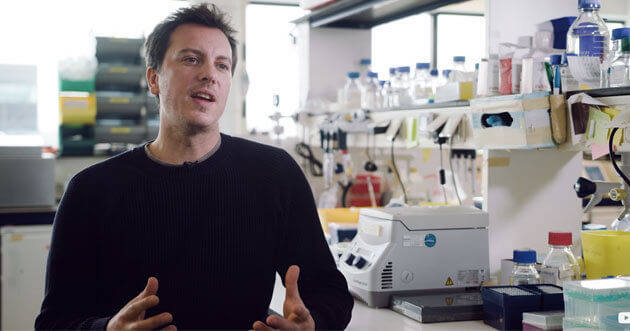
A fundamental change to human reproduction?
Even though this technology is, to use the phrase, embryonic, the thought that we might someday be able to create a viable human embryo with only stem cells is intriguing.
One of the first ideas that spring to mind is its potential to help same-sex couples have children without adoption or surrogacy. Similarly, it could offer a way for transgendered individuals to be directly involved in the birth of a child, as stem cells could be gathered from each partner and then implanted in a donor or even an artificial womb.
It also could be a way for older people to turn back the biological clock, so to speak, since the process would bypass the need for sperm and eggs.
Then there’s the question of the technique needing two donors—and would it be possible to form a synthetic embryo with more than that number? If so, then there might be a time when polyamorous families could all donate stem cells, creating a child that is genetically related to everyone involved.
But before the future
But this is all playful speculation. More importantly, there is Dr. Rivron’s desire that, through his technique, we might be able to finally solve the sad puzzle that surrounds why some embryos carry to term and others don’t.
The future, after all, is the next generation, and Dr. Rivron’s research might very well the key to reducing unwanted miscarriages.
Image sources: lunar caustic, Maastricht University
Leave a reply
You must be logged in to post a comment.










